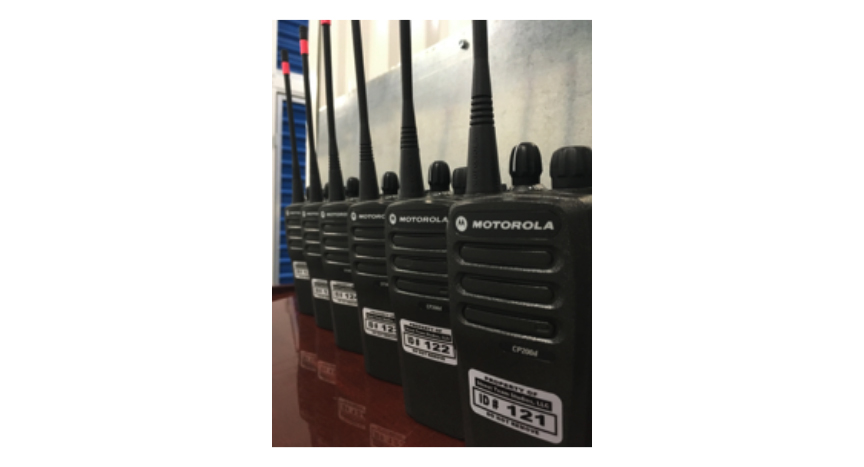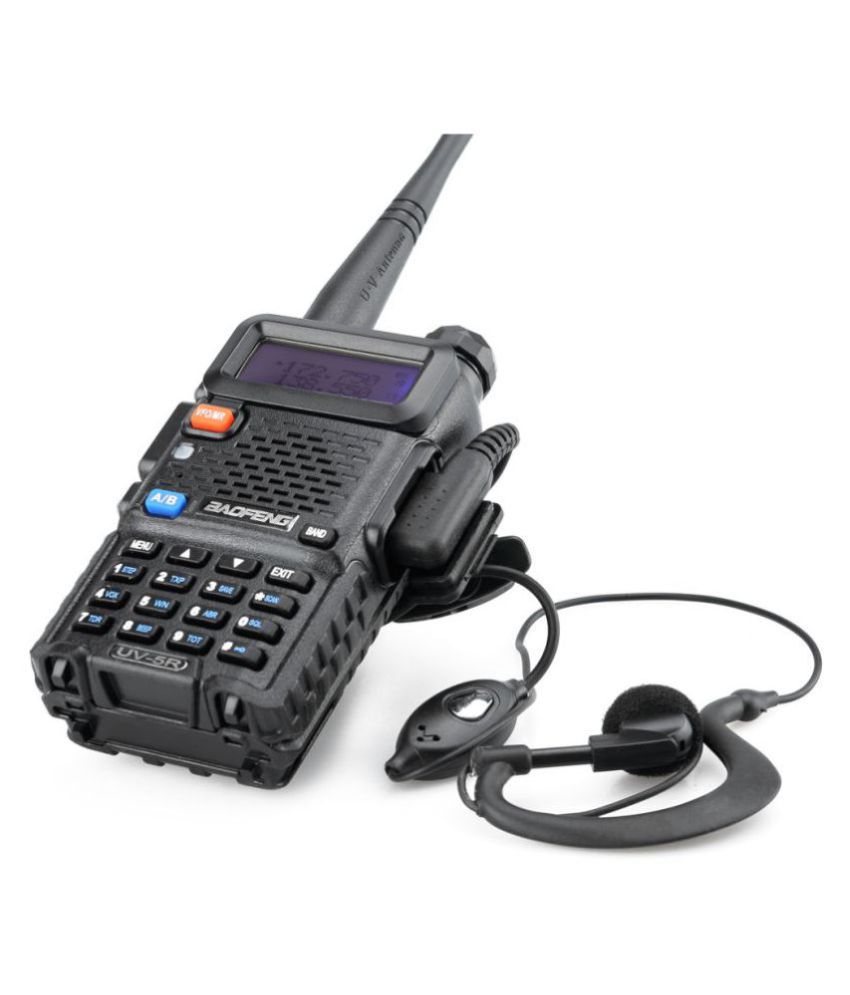

Roger/Roger That meaning the message was understood.You may have even heard it in movies or TV. Walkie talkie lingo has been proven over the years and has become universally recognised. This is because regular words are sometimes ambiguous or unclear in short radio communications. In radio messaging, there are specific terms for greeting, answering and terminating a conversation. To help you keep efficient and effective communication using two-way radios, we provide you with 10 key tips in radio etiquette: It may seem obvious, but a fact sometimes forgotten is that walkie talkies don’t allow users to simultaneously hear and talk back, thus the necessity of a certain radio etiquette to communicate clearly. Even though smartphones are in everyone’s pocket these days, two-way radios are still being heavily depended on, especially in workplaces.Īnd while their value has been proven, it requires some basic know-how to operate them efficiently. Two-way radios have undoubtedly proven their worth and durability, particularly in a world where we are recurrently seeing many other means of communication being replaced by more technological advanced devices. Earpieces – View our range of Earpieces.Chargers – View our range of Motorola Chargers.Carry Cases & Belt Clips – View our range of Carry Cases & Belt Clips.Batteries – View our range of Motorola Batteries.Education – Walkie Talkies Perfect for the Education Sector.Retail – Walkie Talkies Perfect for the Retail Sector.Construction – Walkie Talkies Perfect for the Construction Sector.Business Bundle Offers – View our great bundle offers available on Business Walkie Talkies.Leisure Bundle Offers – View our great bundle offers available on Leisure Walkie Talkies.Business Walkie Talkies – View our range of Business Walkie Talkies.

Leisure Walkie Talkies – View our range of Leisure Walkie Talkies.Now that you know the lingo, you’re ready to begin using your new Peak PTT two-way radio for your business needs. Refers to serious incidents requiring immediate attention or assistance. Refers to incidents requiring immediate assistance but not dangerous at this time. Some radios are equipped with panic buttons that automate this. Indicates a distress call and request for immediate assistance. Indicates an urgent interruption to transmission.

Indicates a longer than anticipated wait and the other person will call when possible. Indicates you should wait for the other person to respond. When you first turn on your PTT radio, a responder will reply with “Good Check” to let you know your radio is working. Indicates you understand the request and have taken action. Requests signal strength or whether you can hear the other party. Indicates a conclusion to the conversation. Indicates the other party is ready for your message Request for the other party to acknowledge they heard you. Is a request for your location or you providing your location. Refers to a mistake and provides updated or correct information.
#Walkie talkie lingo pro
Some of the lingo below will take on new meaning as you become an old pro at push to talk communication. In addition to various codes, you’ll find there are a few terms that seem unfamiliar when you first start using two-way radio communication. Indicates a speed trap at a specific location. Indicates traffic is backed up or stalled at a location. Reports a traffic accident at a location. Indicates trouble at the station and serves as a request for help. Indicates the last assignment is completed and serves as a status report. Request for your location or a report on your location. Requests weather information or road conditions. Lets people know they need to repeat the message. Lets others know you are busy at the moment or requests they stand by. Means “yes” or “I got the message.” Conversely, the terms “roger” and “copy that” may be used to convey the same message among more modern users.

Indicates you have a weak signal or are getting bad reception. While some consider the “10 codes” to be a thing of the past, they still hold relevance and are widely used today. These are some of the codes you and your staff will want to know as you learn the two-way radio lingo. Getting the language down can help you save time, waste fewer words, and keep your messages short, concise, and on point. Now that you’ve invested in two-way radios from Peak PTT, it’s time to learn the language of the land, so to speak.


 0 kommentar(er)
0 kommentar(er)
